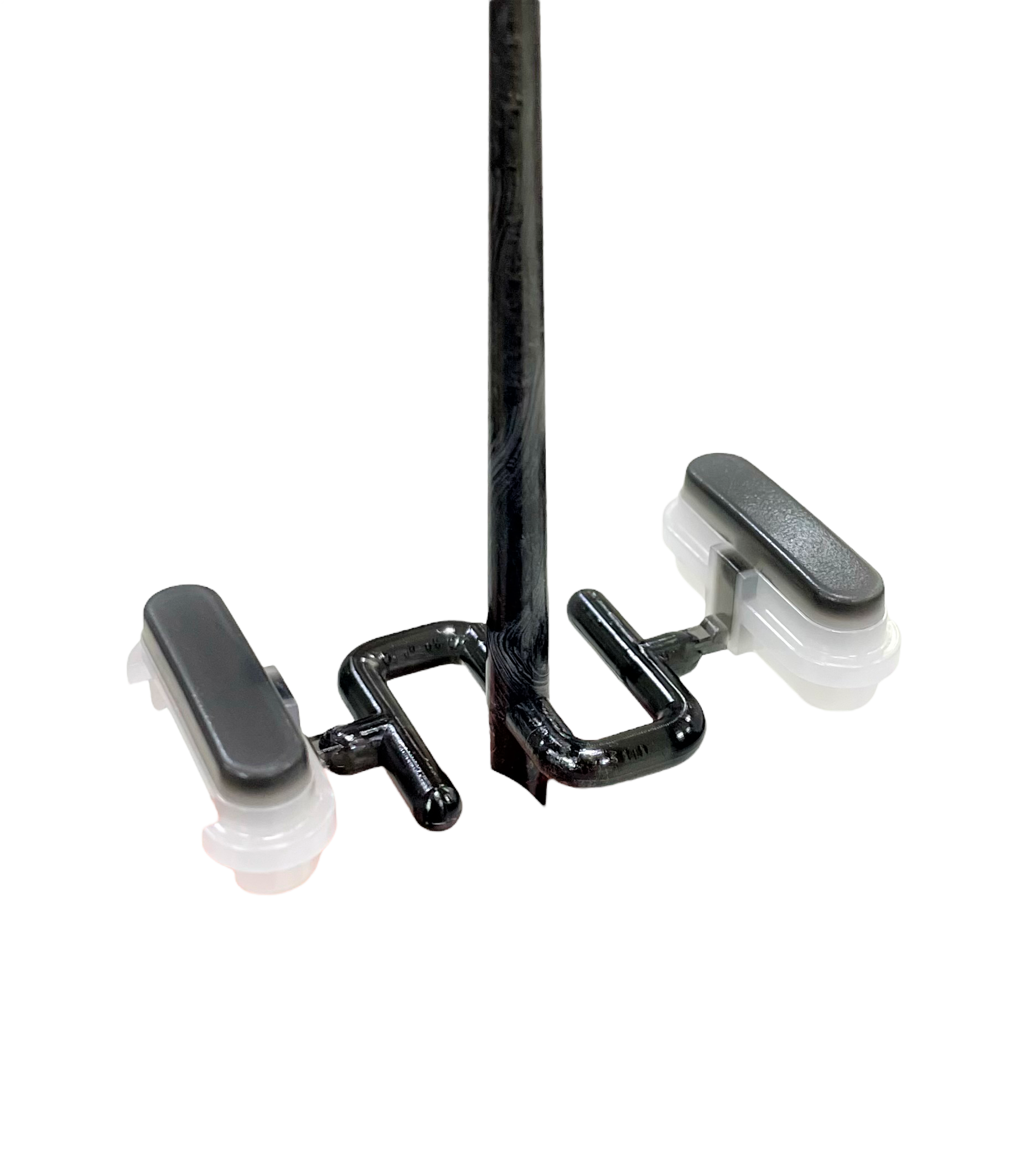Plastic Injection Molding
Wha is the essential for Injection Molding Stability - the Venting & Flow length ratio?

The fifth and sixth factors affecting plastic flow resistance are "poor Venting" and "excessive flow length ratio".
1. Venting
Whether the mold Venting is good or not has an absolute relationship with the flow resistance at the end of the injection.
Every time the mold is clamped, even if the male and female molds are empty, air will be wrapped in it. When the plastic is injected, the plastic will compress the air in the mold cavity after entering the mold, resulting in an increase in the internal pressure of the mold cavity, thereby increasing the flow resistance. When the mold is poorly ventilated, injection molding is like pumping up a basketball, and it will become more and more difficult. Therefore, the flow resistance increases rapidly at the end of injection. Even because of excessive compressed hot air, the plastic will be cracked or scorched at high temperature at the end of the finished product.
To put it simply, the volume of air in the mold is equal to the volume of the finished mold. Therefore, as much plastic as is injected, the amount of air should be discharged. The better the efficiency of mold Venting, the lower the flow resistance during injection, and the easier it is to form.
In addition, in addition to theVenting of the mold itself, it is also important to clean the mold surface regularly during the production process. Since the plastic raw material is a compound extracted from petroleum, when it encounters high temperature, it will produce a small amount of gas and oil stains, which is commonly known as "gas". After a period of production, the Venting grooves on the mold will be covered with gas. Blockage, resulting in gas remaining in the mold, which will affect the stability of future production quality.
2. Flow length ratio
Simply put, the flow length ratio is the "flow length" of the plastic divided by the "flow thickness".
The calculation method of flow length ratio is: L/t ratio = L1/t1+ L2/t2+L3/t3
The longer the flow ratio, the greater the resistance when filling to the end of the finished product. Generally speaking, when the flow length ratio is greater than 150, the flow resistance of the plastic at the end of filling will be relatively large, and it will be difficult to form. For example, a person can hit a target of 10 meters with 70% of his strength, but if the distance is extended to 50 meters, he may not be able to shoot with 100% of his strength. Therefore, when the injection pressure is less than the flow resistance, the plastic may no longer be able to advance smoothly. This is why, once the finished product with a flow length ratio is too long, once the production is unstable, it is easy to form a short shot at the end.
However, if the design of the finished product and the mold itself has caused a large flow length ratio, how to improve it by adjusting the machine? Here are several methods:
(1) Increase the temperature of the material and increase the fluidity of the raw material.
(2) Increase the rate of fire, increase the shear heat and rush to the solidified layer.
(3) Increase the mold temperature to delay the thickening speed of the solidified layer.
Further understanding for the essential for plastic injection molding stability
This is just a partial overview of plastic injection molding. Are they the right knowldge for you? Not sure how to apply them to your
next project? Just contact our technical experts and we can offer helpful advice about how to get the best results from its processes.
